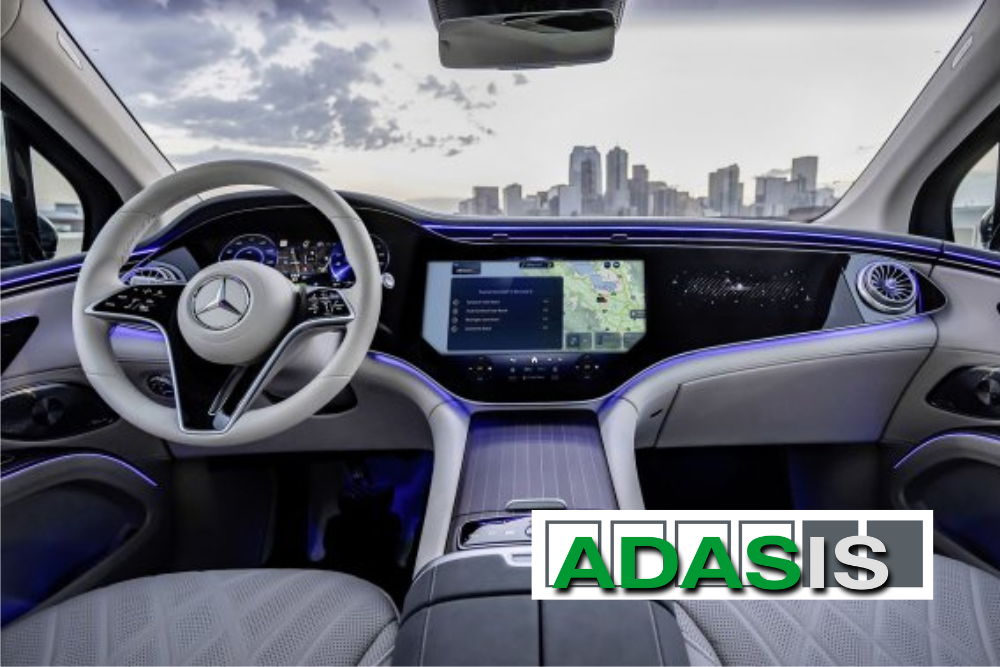In April 2023, the highly anticipated release of the ADASISv3 2.1 specification marked a significant step in maintaining ADASIS’s commitment to industry innovation.
In the realm of connected vehicles and Advanced Driver Assistance Systems (ADAS), the utilization of digital map data has proven to be a transformative element. While digital map data was traditionally limited to navigation systems, its potential expands exponentially when made accessible to other in-vehicle applications. Compared to conventional camera or radar systems, digital maps offer a wider range of data, supplementing the information provided by various sensors like radar, camera, ultrasound, or LiDAR. As a result, an increasing number of vehicle functions rely on predictive information about the road ahead and the vehicle’s current position.
ADASIS introduced the concept of the “ADAS Horizon.” This horizon conveys road network information and characteristics derived from map data along the vehicle’s path. By utilising the vehicle’s position and potential paths through the road network, the ADAS Horizon is constructed, creating a hierarchy of paths. This foundation incorporates road geometry and related attributes. The valuable data within the ADAS Horizon can be serialised and transmitted over the vehicle communication network.
To ensure compatibility across various implementations, the ADASIS AISBL is standardising the ADASIS protocol. The most recent version, ADASISv3, addresses the increasing demand for higher resolution and more detailed data for future applications. It facilitates the distribution of ADASISv3 Horizon data from the horizon provider to client applications connected through a communication medium.
ADASISv3 introduces significant improvements compared to its predecessor, ADASISv2. These enhancements are necessary to support access to high-definition (HD) maps. They include increased resolution, explicit end offsets for profile entries, the ability to pack multiple profile entries into a single message, path control and profile control mechanisms, dynamic behaviour support, comprehensive vehicle position messages, detailed lane and line geometry, additional data such as flow speed, and support for detailed information required by Automated Driving functions.
The latest version, ADASISv3 2.0, introduces the ADASISv3 Reference API, empowering the development of third-party ADAS applications. Moving forward, future releases, such as ADASISv3 2.1, are expected to bring further enhancements, refinements, and additional features to the ADASIS framework. These advancements may include auxiliary Horizon Providers for other types of geo-referenced data, augmenting the main Horizon Provider and reinforcing ADASIS’s leading position in ADAS technology.
With the availability of the ADASISv3 Reference API and the upcoming ADASISv3 Starter Kit, developers will possess the necessary tools to unlock the full potential of ADASIS and create groundbreaking ADAS applications. The public release of the ADASISv3 specification in April 2023 represents a significant milestone in ADAS advancement. Currently, the ADASIS partners are collaborating on a white paper to raise awareness about ADASISv3, outlining its functionalities and highlighting the differences compared to the previous ADASISv2.
By leveraging the power of digital maps and expanding the scope of their applications, connected vehicles are poised to reach unprecedented heights. Future releases of ADASISv3 will bring further enhancements, solidifying ADASIS’s position at the forefront of ADAS technology.


Recent Comments